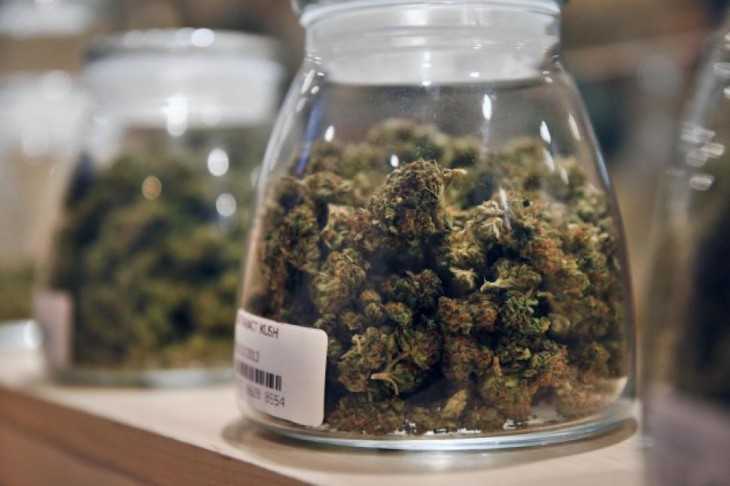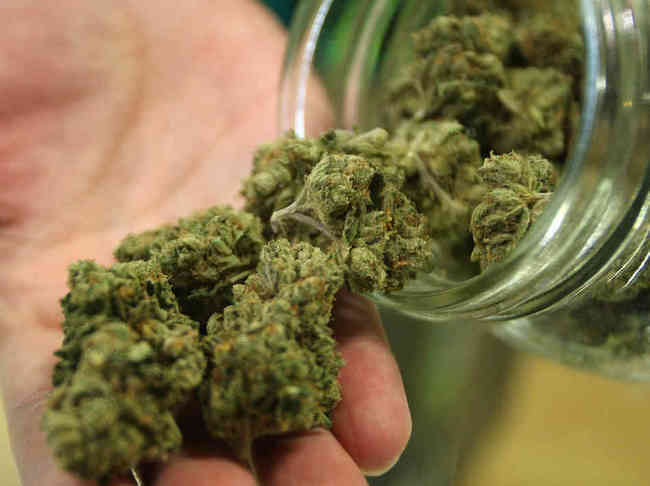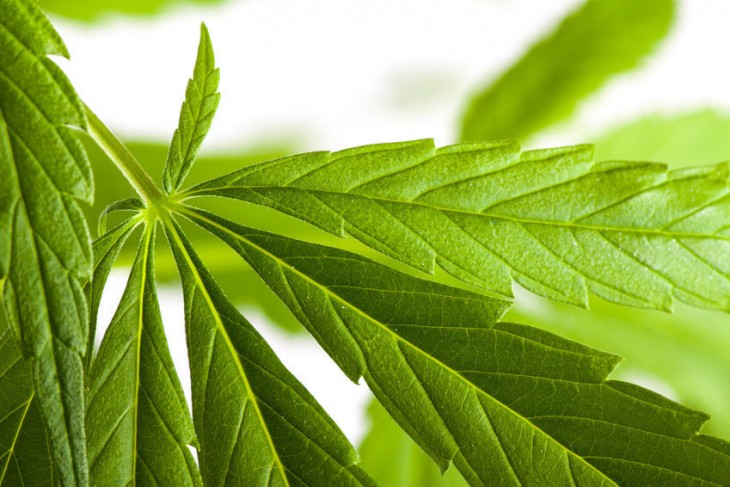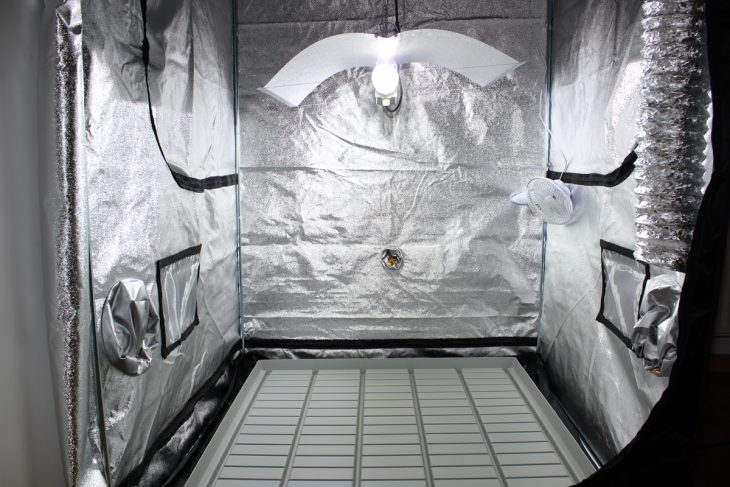Growing marijuana outdoors is not easy as just sowing some seeds into the ground and waiting for it to grow. To make sure you end up with a good harvest, outdoor marijuana cultivators must always do a stringent due diligence on local soil, making the site ready and coming up with proper pest control methods and maintenance too.
- Good quality soil is a must when cultivating marijuana outdoors
Ensuring that your soil is accurately ready is probably the most primary aspect of outdoor marijuana cultivation. Soil must always be inspected to ascertain the pH level. Another factor to consider is the consistency of the soil. If the clay content is more, then the soil will be sticky and will drain inappropriately. If the sand content is too much then the drainage will be quick. Marijuana prefers to cultivate in loamy soil or where the soil content is mainly sand and silt with low content of clay. Consider the soil fertility and if it supports huge amounts and diversity of vegetation. If it is not, then try adding manure or mulch to reinvigorate the soil and boost the nutrient content in the soil.
- Choose the right spot
The perfect spot for cultivating marijuana is the area which is sunny, sheltered, nicely irrigated and has a good drainage. It should also be located far from the daily human activities. Seek a forest clearing that is sunny, sheltered from wind. If cultivating in hilly areas, then determine the pH level of the soil first. If you are cultivating in an apartment, then south facing balcony is the best.
- Begin by cultivating the plant indoor first
It is recommended to sow your seeds indoors and let your plants grow in pots for a week at least under artificial lighting. This will protect your seeds by all means. And when the time is right to set your plants outdoors, there will be a phase of hardening off where the plants become adaptable to the change in environment. Try exposing your plants outdoors for a few hours but sheltered from all kind of elements. Check after a week if your plant is hardy enough to be exposed outdoors full time.
- Choose the right strain
On the basis of your location and climate, you may have limited choice when it comes to choosing a strain. If you live where the north and south of the globe are too far you, then you need to choose a strain that can be adaptable at any weather condition. There are many early flowering and hardy strains available that are adaptable at cold temperature. There are strains available for those areas too that experience warm climates for a longer time.









